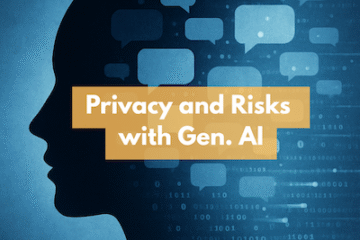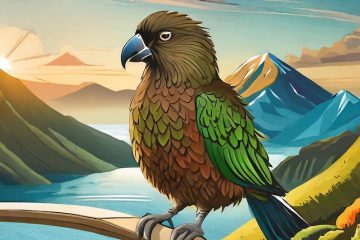AI was a big help during my first trip to Japan, and knowing how to leverage both traditional and Generative AI can make travel smoother in many ways. Here’s a sampling of how AI (usually via Google, Apple, or ChatGPT apps) helped me navigate my adventure in a new country.
Planning and Advice
Before the trip, I used ChatGPT and regular Google search for planning aspects like wi-fi and eSIM plans and things to do, in combination with traditional sources of guidebooks from the library since these recommendations come from vetted travelers.
Once I was in the country, ChatGPT was a big help in customizing itineraries and offering ideas for places to go in specific regions I was already in. For example, on my first day there, I asked it for things to do that were near the Disneyland part of the city and how to get to them. Once I’d gone to the museum I wanted to go to and had time left for one more thing, I asked it how late a nearby garden was open. What I appreciated was the assistive aspect of ChatGPT versus a static website. Although I would still often cross-check information from official websites, having AI consolidate info and provide commentary such as things to do while in this garden and what I would have time to cover before closing made it more valuable than a traditional website or search.
Translation
Whether it’s trying to figure out what’s in a food package or read a sign, AI text translation tools are very helpful in decoding another language when you’re motivated to know something.
I’d hold up my phone with Google Translate / Google Lens in the convenience store and supermarkets to help me interpret what was on the label or in the packaging. I also used it on signage in parks, such as one which had an explanation of what birds could be found nearby. And I needed it for the washing machine in one hotel to figure out how to operate it. I turned to Apple iphone’s built-in translation feature to translate the device manual I found on Google, and with Google Lens figured out that the button being translated as ‘dehydrate’ was in fact the spin cycle so I could get the standing water issue taken care of.
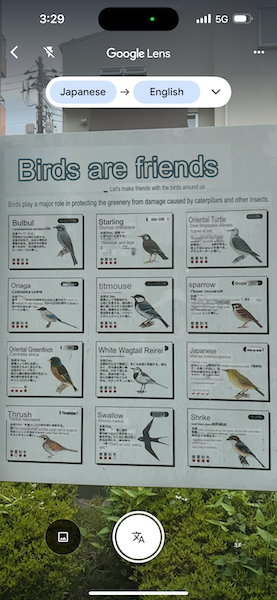
In museums, although the title of the signage would often be bi-lingual (e.g. Conflict in the Edo Period), the paragraphs of text below often weren’t. Although relying on translations meant having to be on my phone a lot, it allowed me to learn a lot more about the artifacts and history and enjoy the museum experience.
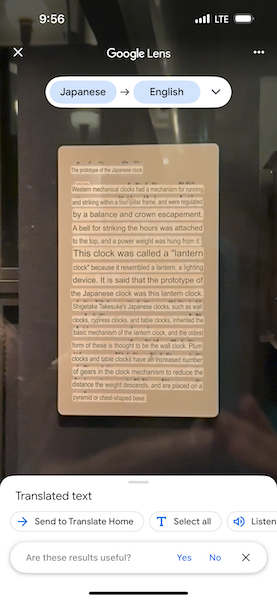
Google Translate also has the live conversation translation feature, which was hit or miss but gave some clue as what announcers were saying. I used this throughout the Disney parks and on public transportation, but the audio had to be clear and even then it didn’t always work very well.
Learning
When I wanted to know more about a food dish or an animal species, I relied on Google Lens and the Google AI Overview. I was impressed at its guess about the appetizers at a traditional Japanese restaurant. Without having told it any additional info, it correctly speculated they were associated with pork katsu dishes.
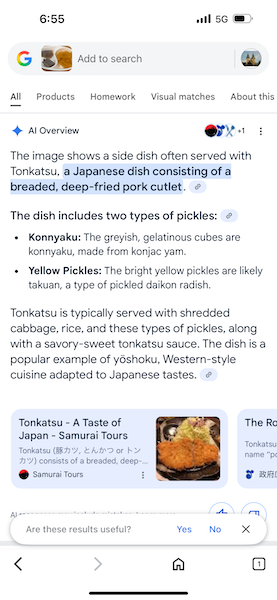
I relied on Google Lens to guess at species of turtles in a garden. I also encountered a long green snake just off the sidewalk near a park area and asked ChatGPT about it, plus uploaded a photo after it suggested this for more information. This reassured me that it wasn’t likely poisonous and was common to the type of area I was in.
At a Japanese-Italian restaurant where the wait-staff had limited English, I was curious about a small dish with a green spice mixture that was served with a pasta dish. Based off only my limited text description of it being green and earthy, ChatGPT identified it as likely being shiso pesto.
Navigation
Japan is known for its massive train network and it didn’t disappoint. With all of the different railway companies and lines and stations, though, it was a relief to be able to rely on Apple Maps for journey planning. It had the train lines and times and fares all listed correctly, and since the trains run on time, I could rely on the timings even if I weren’t 100% positive about which train was the right one.
Research
When something left me wanting to know more about a particular historical or cultural aspect of Japan, I turned to ChatGPT for quick info. These were low-stakes questions so I wasn’t concerned about complete accuracy like I might be in other avenues, and this micro-research was quick and helpful. ChatGPT also synthesized info from Reddit threads that came in handy for surveying opinions on which places were a hit or miss. I’d skim the chat response then click on some of the sources to read through the Reddit threads. Thanks to the folks who had great things to say about the seaside town of Kamakura – I enjoyed it as a day trip just like they had. I even used ChatGPT on the last day to ask about eating options in the airport terminal so I could plan my mealtimes and menu.
Final Thoughts
The customization aspect of Generative AI makes it a really useful technology while traveling. Being able to ask questions on the fly based on very specific circumstances or locations or preferences made it my go-to source a lot of the time. I found myself saying let’s ask ChatGPT frequently and using follow-up prompts to hone in on the exact thing I was after. I would absolutely recommend making an AI or Gen. AI tool a part of your next trip to a new place and seeing how you like it!
